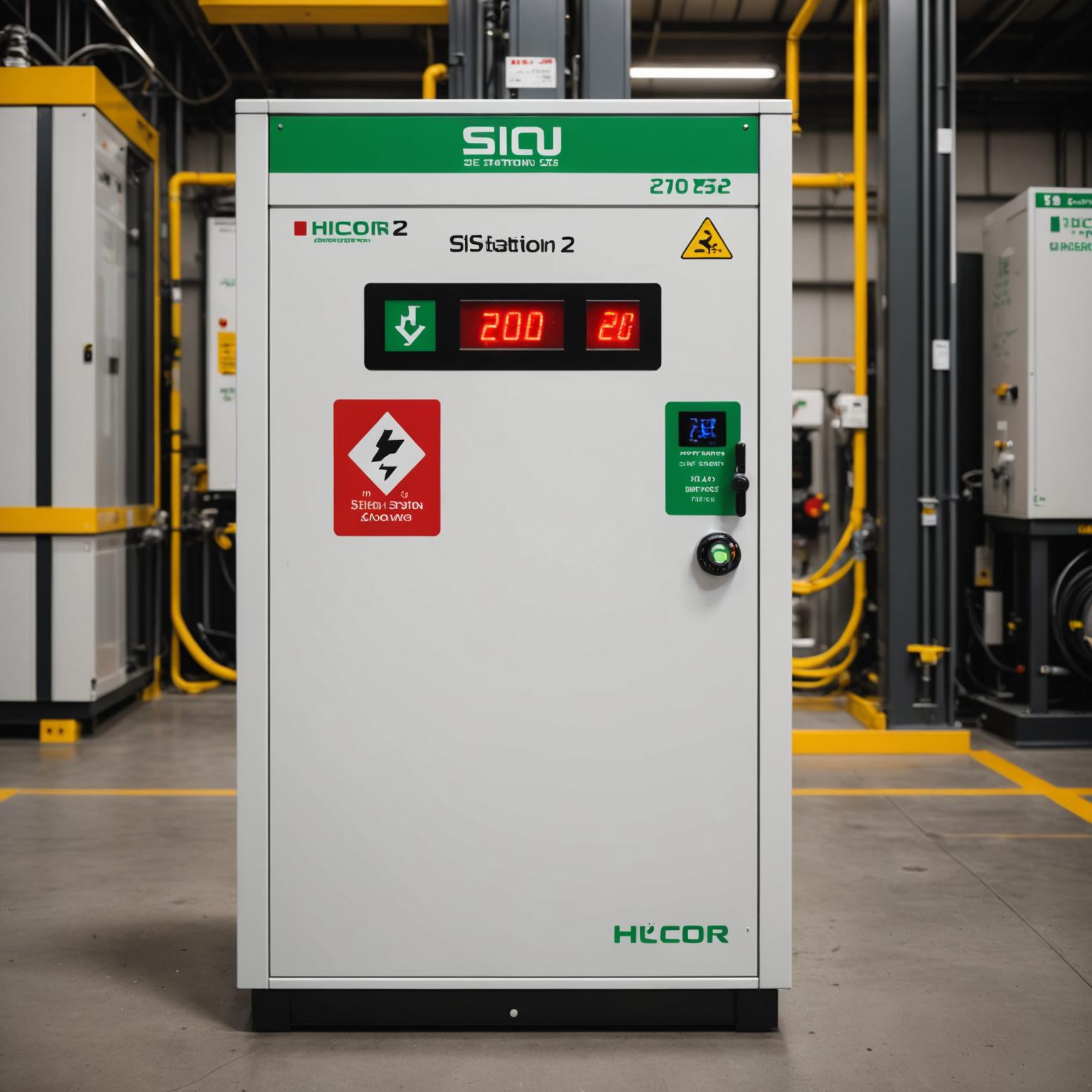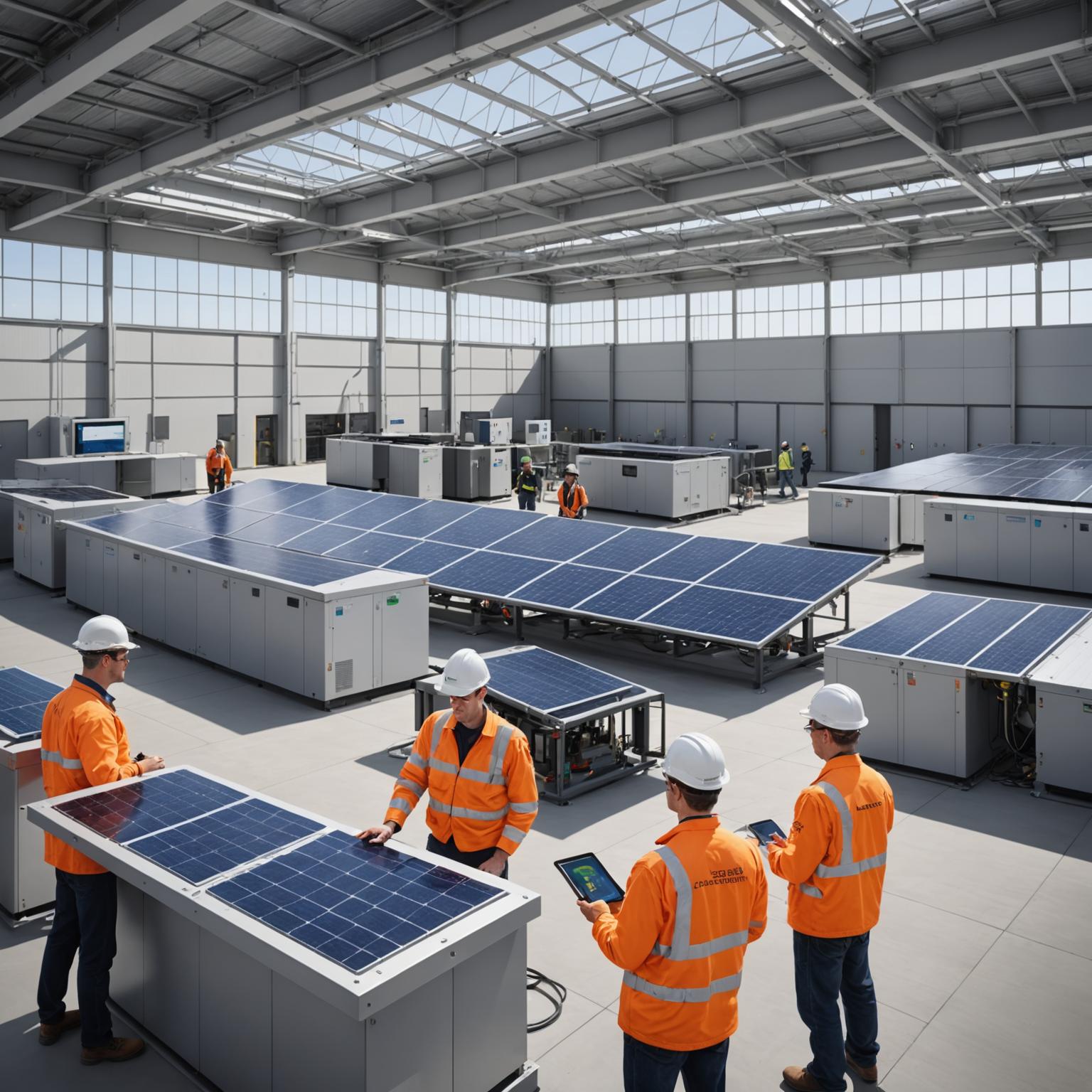Understanding and Implementing Commercial Energy Storage
Commercial energy storage is rapidly transforming how businesses manage their power consumption, offering a pathway to greater energy independence, cost savings, and sustainability. As industries evolve, the need for reliable and efficient power becomes paramount. This guide will walk you through the essentials of choosing and implementing a commercial energy storage solution, helping your business harness its full potential.
Assessing Your Business's Energy Needs: The First Step
Before diving into the specifics of various battery storage systems, it's crucial to understand your company's unique energy profile. Start by analyzing your current energy consumption patterns. How much electricity do you use daily, weekly, and monthly? When do your peak demand periods occur? Are there critical loads that require uninterrupted power? Answering these questions will help you determine the appropriate capacity and power rating for your energy storage solution. Consider factors like your facility size, operational hours, types of equipment used, and future expansion plans. This initial assessment is a fundamental step in guiding your selection process towards an effective energy management system that truly meets your requirements.
Key Features to Seek in Commercial Energy Storage Solutions
When evaluating commercial energy storage solutions, several key features should be on your checklist. Capacity (measured in kilowatt-hours, kWh) dictates how much energy the system can store, while power rating (in kilowatts, kW) indicates how much electricity it can deliver at any given moment. Look for a system with a high round-trip efficiency, meaning minimal energy is lost during charging and discharging cycles. Durability and lifespan are also critical; a robust system will offer a better return on investment. Safety certifications and advanced thermal management are non-negotiable. Furthermore, consider the system’s integration capabilities – can it seamlessly connect with existing infrastructure, renewable energy sources like solar panels, and smart grid technology? The right solution offers a balance of these features tailored to your specific commercial or industrial energy storage needs.
A Closer Look: The Si Station 230 by Hiconenergy
For businesses seeking a state-of-the-art C&I innovative energy storage solution, the Si Station 230 from Hiconenergy offers a compelling package. To implement this, or a similar system, consider these steps:
1. Site Assessment: Identify a suitable location. The Si Station 230's compact, vertical, space-saving design makes it ideal for various environments, even those with limited space. Its sturdy construction ensures durability in industrial settings.
2. Installation: Professional installation is key. The unit features mounted handles for maneuverability and a clear front panel with LED indicators for Power, Operation, Alarm, and Fault, aiding in the setup and commissioning process. An emergency stop button enhances safety during this phase and beyond.
3. Integration: This is where the Si Station 230 shines. It's designed for seamless integration with renewable energy setups, helping you maximize your renewable energy storage potential. It also supports dynamic operational loads, adapting to fluctuating energy demands, which is crucial for effective energy management systems.
Optimizing Your Operations with the Si Station 230
Once installed, a system like the Si Station 230 can be guided to optimize your energy usage through several strategies:
* Peak Shaving: Program the system to discharge stored energy during peak demand hours when electricity rates are highest, thereby reducing your electricity bills. The Si Station 230 is engineered specifically for such commercial and industrial applications.
* Load Shifting: Charge the battery energy storage during off-peak hours when electricity is cheaper, and use that stored energy during more expensive periods.
* Backup Power: In the event of a power outage, the Si Station 230 can provide reliable backup power to critical operations, minimizing downtime and potential losses.
* Renewable Energy Integration: Store excess energy generated from solar or wind systems during the day and use it when the renewable source isn't active, like at night or on cloudy days. This capability empowers businesses to move towards greater sustainability.
* Smart Grid Interaction: Advanced energy storage systems can interact with the grid, potentially participating in demand response programs or other smart grid technology initiatives, offering further economic benefits.
Choosing and Maintaining Your Energy Storage System
Selecting the right industrial energy storage unit goes beyond just technical specifications. Partner with a provider, like Hiconenergy, that offers comprehensive support, a strong warranty, and a commitment to innovation. For maintenance, most modern battery storage systems are designed for low upkeep. However, regular checks are advisable:
1. Visual Inspection: Regularly inspect the unit for any signs of damage or wear. The Si Station 230's clean design and status indicators simplify this.
2. Software Updates: Ensure the system’s software and energy management systems are up-to-date to benefit from the latest features and security enhancements.
3. Performance Monitoring: Keep an eye on the system’s performance metrics. The advanced energy balancing technology in units like the Si Station 230 helps maintain optimal performance, but monitoring can catch any deviations early.
4. Environmental Control: Ensure the operating environment remains within the manufacturer's specified temperature and humidity ranges. The Si Station 230's integrated grid ventilation system aids in effective heat dissipation.
By carefully assessing your needs, selecting a high-quality system like the Si Station 230, and understanding how to leverage its capabilities, your business can significantly enhance its energy efficiency, reduce operational costs, and contribute to a more sustainable future. Commercial energy storage is not just an investment in equipment; it's an investment in smarter, more resilient business operations.








